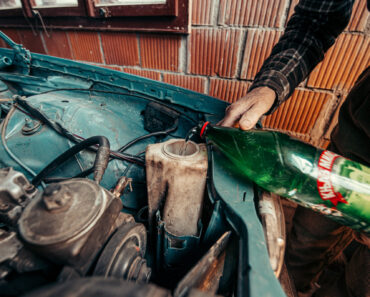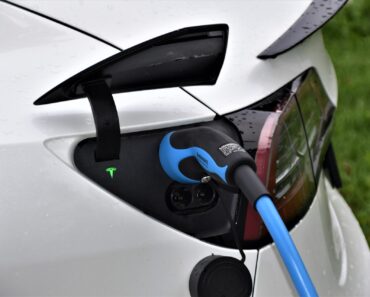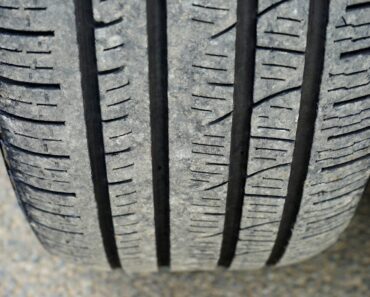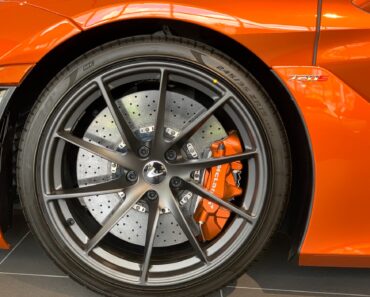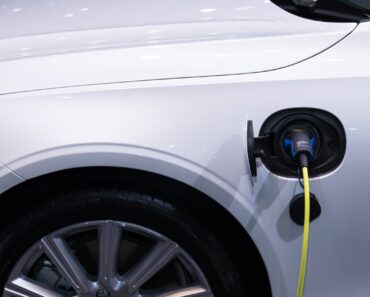Brake pads last between 30,000 to 65,000 miles depending on many variables such as your driving style, the brake pads’ compound, quality, and other factors. Below, you will find some of the most important causes that determine the lifespan of a set of brake pads.
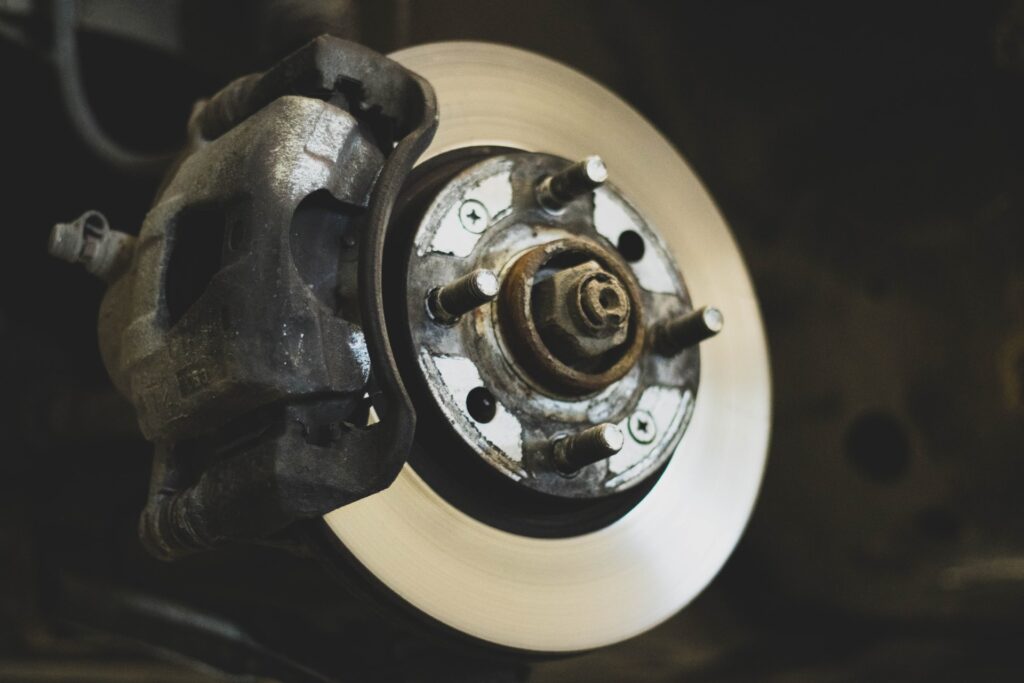
- Brake pads’ lining compound
The brake pad lining is the friction element that, when it’s pressed against the rotors, stops your car by transforming kinetic energy into heat. There are different types of lining compounds, and they have different characteristics and lifespans.
The three most common brake pad types are:
– Organic: these are the cheapest brake pads in the market. They used to be a compound of asbestos with other materials. Now that asbestos use has been banned because it is carcinogenic, it’s been replaced by other materials like carbon, rubber, kevlar, and other organic materials. They are soft and quiet, but they don’t endure heat as well as other compounds. They are pretty dusty, but they are alright for daily driving. They are made from soft materials, which is good because they are quiet, but they don’t last as much as other compounds. The good news is that they are easy on the brake rotors because of their softness.
– Semi-metallic: this type of compound is very common these days. In the beginning, it was used in racing cars, before the boom of ceramic brake pads in the racing world. It’s something in between the classic and organic brake pads and their more sophisticated ceramic counterparts. They are made from a combination of iron, steel graphite, cooper, some organic materials, etc. The formula varies depending on the manufacturer. These brake pads come as standard equipment on many mid-range vehicles, fast enough for using organic brake pads but not fast or expensive enough to come with ceramic brake pads from the factory.
They are harder than organic brake pads, give a constant and firm pedal feel, and can handle extreme temperatures very well. The downside is that they tend to become noisy over time, and they are not so easy on the brakes. Depending on their brand and model, they can cost up to twice the price of organic brake pads, but they last longer.
– Ceramic: these brake pads are the most expensive on the market, but they are the best product available. They are long-lasting, almost dust-free, and the pedal feel remains the same with wear. They endure heat extremely well. If you enjoy extreme driving, you should have a set of brake disks according to these pads to avoid damaging your vehicle’s standard brake disks. Many high-end sports cars come with ceramic brake pads as standard equipment or as a high-performance optional, including improved brake calipers and rotors.
Racing ceramic brake pads take a while to heat up, that’s why they are not recommended for daily drivers, but nowadays, many manufacturers use a blend of ceramic with metallic materials to make ceramic brake pads for daily driver cars.
- Driving style
This is one factor that affects the lifespan of a set of brake pads the most. Aggressive or sport driving puts an extra deal of stress on every component of your vehicle, including the brake pads. It involves stopping the car from a high speed to a full stop or sudden brakings, resulting in more friction needed to brake; hence, more heat, making your brake pads, rotor, and hydraulic fluid wear out faster. Another factor that affects the durability of the brake pads is the use given to the vehicle. It’s not the same driving long distances, where eventually you will have to take your car to a stop as driving in a big city, full of vehicles, where you will have to hit the brakes more often. Highway and road use at legal and moderated speeds is much easier for the brakes than city driving.
- Location
Brake pads installed in the front axle make almost 75% of the job of breaking your vehicle. While the car is braking, the weight tends to fall into the front axle, and that’s why front brake pads last much less than the rear pads.
- Transmission type
Front brake pads tend to last longer on manual cars because, statistically, brakes are used more in automatic vehicles. Automatic transmissions in D mode barely downshift, and the brakes remain pressed at full stops, among other things.
Conclusion
Unfortunately, not all the brake pads last the same but depending on your driving style, the type of vehicle you are driving, and your vehicle’s user manual, you can have a good idea about how long your brake pads will last. Brake pads have some safety features to warn the driver when it’s time to replace them; they have metal tabs that are exposed when they are extremely worn out. These tabs make a loud noise when you brake, warning you that something is not ok. Most modern cars have an indicator on the dash telling you that it’s time to replace the brake pads (some models only warn you about the status of the front brake pads). Don’t wait to listen to the ugly sound from your brake pads or to the brake pad warning light in your instrument cluster to show up; when that happens it’s already too late. Driving with such thin brake pads can be really dangerous, not to mention that when the brake pads wear out that much, they damage the brake rotors. Brake pads are a safety element; the best and wise way to ensure that you are not replacing your brake pads prematurely without compromising the safety and other components’ life is to check them periodically. For example, you can check them every oil change, or every time you rotate your tires, between 6,000 to 8,000 miles would be just fine.

